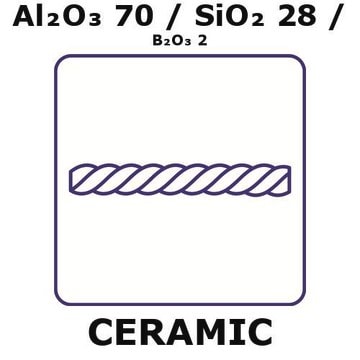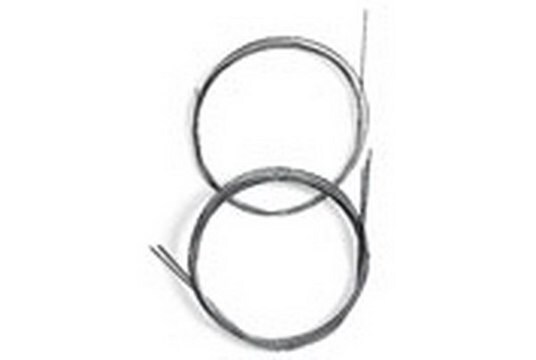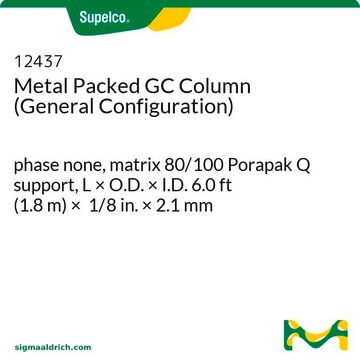GF28727174
Tin
rod, 500mm, diameter 6.0mm, 99.999+%
Sinonimo/i:
Tin, SN007930
Autenticatiper visualizzare i prezzi riservati alla tua organizzazione & contrattuali
About This Item
Formula empirica (notazione di Hill):
Sn
Numero CAS:
Peso molecolare:
118.71
Numero MDL:
Codice UNSPSC:
12141745
ID PubChem:
NACRES:
NA.23
Prodotti consigliati
Saggio
99.999%
Forma fisica
rod
Produttore/marchio commerciale
Goodfellow 287-271-74
Resistività
11 μΩ-cm, 20°C
L × diam.
500 mm × 6.0 mm
P. eboll.
2270 °C (lit.)
Punto di fusione
231.9 °C (lit.)
Densità
7.310 g/mL at 25 °C (lit.)
Stringa SMILE
[Sn]
InChI
1S/Sn
ATJFFYVFTNAWJD-UHFFFAOYSA-N
Descrizione generale
For updated SDS information please visit www.goodfellow.com.
Note legali
Product of Goodfellow
Certificati d'analisi (COA)
Cerca il Certificati d'analisi (COA) digitando il numero di lotto/batch corrispondente. I numeri di lotto o di batch sono stampati sull'etichetta dei prodotti dopo la parola ‘Lotto’ o ‘Batch’.
Possiedi già questo prodotto?
I documenti relativi ai prodotti acquistati recentemente sono disponibili nell’Archivio dei documenti.
The newer essential trace elements, chromium, tin, nickel, vanadium and silicon.
W Mertz
The Proceedings of the Nutrition Society, 33(3), 307-313 (1974-12-01)
[Tin in the environment].
Iu P Popov et al.
Gigiena i sanitariia, (9)(9), 55-57 (1983-09-01)
K A Winship
Adverse drug reactions and acute poisoning reviews, 7(1), 19-38 (1988-01-01)
Inorganic tin salts are poorly absorbed and rapidly excreted in the faeces; as a result they have a low toxicity. Only about 5 per cent is absorbed from the gastrointestinal tract, widely distributed in the body, then excreted by the
Gabriel Santpere et al.
Genome biology and evolution, 7(6), 1490-1505 (2015-05-16)
We set out to investigate potential differences and similarities between the selective forces acting upon the coding and noncoding regions of five different sets of genes defined according to functional and evolutionary criteria: 1) two reference gene sets presenting accelerated
Are nickel, vanadium, silicon, fluorine, and tin essential for man? A review.
F H Nielsen et al.
The American journal of clinical nutrition, 27(5), 515-520 (1974-05-01)
Il team dei nostri ricercatori vanta grande esperienza in tutte le aree della ricerca quali Life Science, scienza dei materiali, sintesi chimica, cromatografia, discipline analitiche, ecc..
Contatta l'Assistenza Tecnica.




